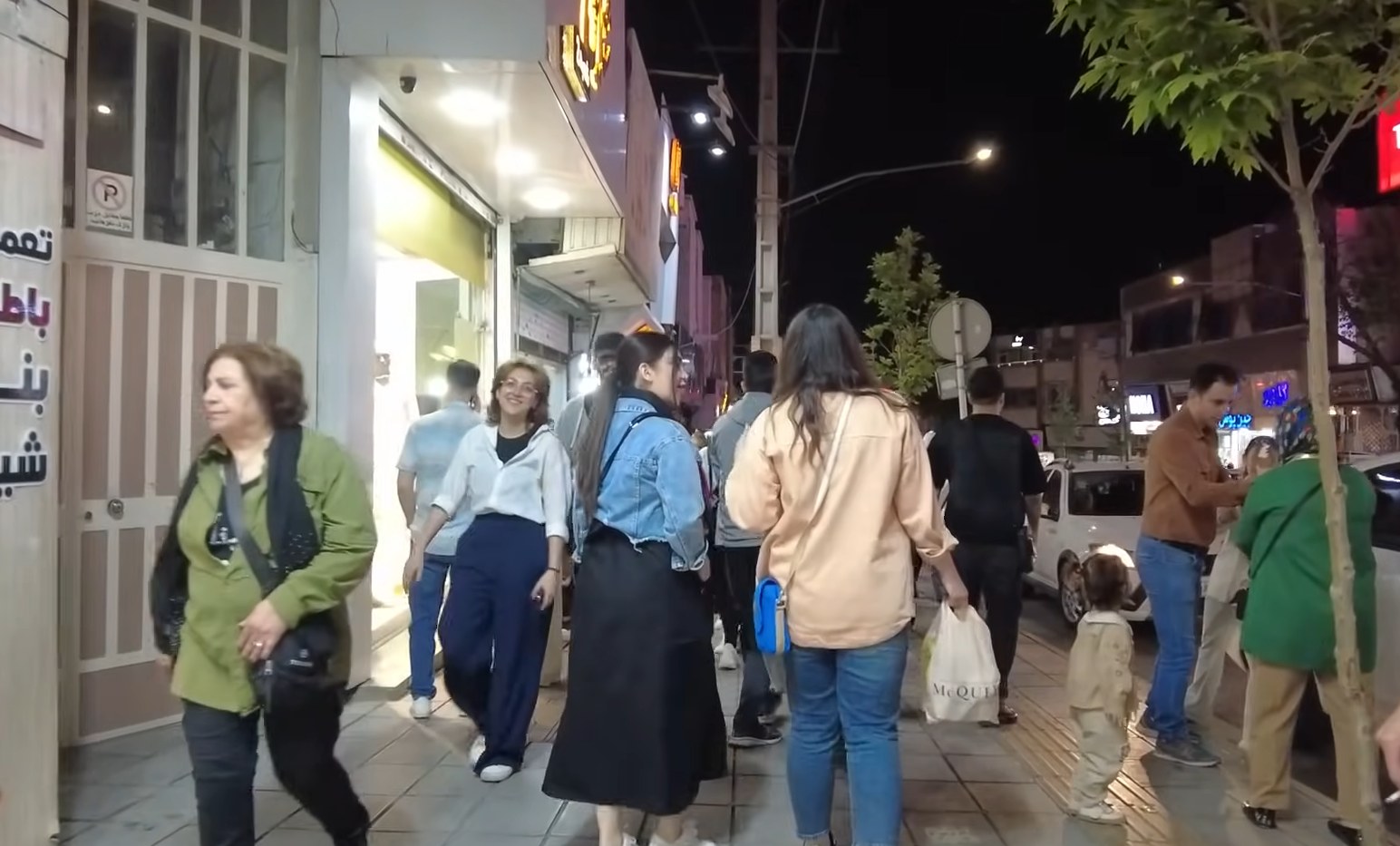After “Woman, Life, Freedom,” Iran’s hijab law has neither changed nor been repealed; yet in social reality the state has failed to enforce it effectively. The streets of Tehran and other cities now look less like scenes of discipline and more like a daily referendum: women without hijab or with diverse forms of dress move about, while the government wavers between tougher coercion and temporary retreat. In 2024, parliament pushed forward the “Chastity and Hijab Law,” but last winter an official said the process of issuing it had been halted and enforcement was “not possible for now.” Soon after, Mohammad-Bagher Ghalibaf said the Supreme National Security Council had told parliament the new law should “not be issued for now.” The outcome is clear: the text remains, but the order to enforce it is stalled and uncertain at the highest level.
This pause has laid bare political rifts. On one side, influential conservatives have openly said there is no “binding hijab law” in force; on the other, the bill’s designers and hardline media accuse the presidency and the speaker of parliament of “obstructing” the issuance. This intra-state tension is not just a matter of jurisprudence; it is a struggle over whether to accept the post-2022 social reality: the state can write laws, but it can no longer reproduce its previous hegemony over women’s bodies and dress.
Your support helps keep this space alive but also ensures that these critical discussions remain accessible to all.
One of the prominent conservative figures, Mohammad-Reza Bahonar, said in a recently published interview:
“Paradigms in the Islamic Republic are being gradually and softly revised. From a legal and judicial standpoint, the hijab bill can no longer be pursued. There is no longer any legal, criminal, or financial obligation regarding the issue of hijab.” His remarks, which also touched on other signs of change within the ruling establishment, drew attention precisely because Bahonar is a member of the Expediency Council — a key body in Iran’s power structure.
Even so, the repressive apparatus has not stood still. Police relaunched hijab patrols in summer 2023, and UN reports later highlighted the expansion of “electronic surveillance”—cameras, drones, and reporting apps. This shift from batons in the street to digital punishment shows that when direct confrontation fails, the state turns to disciplinary mechanisms built into infrastructure. But even this has not pushed dress patterns back; widespread non-compliance persists.
A clear example of this deadlock is women’s motorcycling—a small but telling case about the right to urban space. Years ago, a branch of the Administrative Justice Court said there is no explicit legal ban on issuing motorcycle licenses to women, yet the traffic police has repeatedly claimed that “by law” it cannot grant them licenses. The latest remarks by a former police official again stress there is no clear legal ban. The result is a contradiction: the law is silent, enforcement is rigid; the right is “possible,” access is “blocked.” This is the matrix of gender control that stretches from street to home.
Structural violence against women is another link in this matrix. A detailed report by the Center for Human Rights in Iran (January 2025) points to a rise in femicide and the absence of a comprehensive law against violence, from so-called “honor killings” with light punishments to statutes that under certain conditions allow men to kill. Without support systems and safe shelters, domestic violence is reproduced systematically. These are not “isolated incidents”; they grow from legal and ideological foundations that treat women’s bodies as objects of patriarchal ownership.
In the economy, the state relies on the same logic of control. In 2024, women’s labor-force participation in Iran was about 13.4 percent, while men’s was 66.3 percent—a gap explained less by “individual choices” than by policy, labor-market structures, and family law. When the government pressures “chastity” but shows no commitment to equal access to jobs, equal pay, and job security, the result is exactly what the numbers show: women confined to the margins of the labor market and economic dependence that in turn reproduces violence.
Culturally, evidence points to a widening gap between the state and the younger generation. According to a study linked to the Ministry of Culture and Islamic Guidance (January 2024), religious adherence has declined and signs of secularization have grown; even media close to the government have had to reflect its main lines. When age and education are the strongest predictors of distancing from the “official model” of hijab and religiosity, the crisis of legitimacy has taken on generational and educational form.
Within this frame, the death of Mahsa/Jina Amini was an explosive moment that brought long-standing contradictions to the surface: the female body is not only a site of “public morality,” but also a knot in the political economy of authority. What matters is seeing the links between the discipline of dress, driving and movement, access to wage labor, and violence at home; all of it returns to the mechanisms that reproduce the existing order. If the “law” remains unchanged but its implementation has collapsed at the social scale, that means a political defeat for the state in producing consent and hegemony—a state now leaning more on fines and cameras than on persuasion.
From this angle, the struggle over hijab is not only about a headscarf; it is about the right to bodily autonomy, the right to move in the city, freedom from violence, and the right to work. The state has tried to build “effortless discipline” by harsher penalties and smart surveillance; society, through everyday disobedience, has created an alternative norm. For the regime, this is a “social defeat”: the instruments of coercion still operate, but they no longer reproduce the desired order. Today—with the law still on the books but enforcement on hold, with a police force that both patrols and retreats, and with a generation that no longer believes the official narrative—the state has lost on the hijab question, and beyond that, on the politics of the body.











My Persian Kitchen at Soho Theatre London shows how drama can reveal the terror of the hijab law.
Julia Pascal
Very interesting performance. Wish I can see it one day.
Great article, stay safe and strong!
It would be nice if there is a possibility to support with a one time donation, instead of a membership.
All the best from the Netherlands
Mark
Dear Mark,
Thank you so much for your kind words and solidarity — it means a lot, especially coming from readers outside our region. I really appreciate your thoughtful feedback. You’re absolutely right, and I’ve now made one-time donations possible for those who’d prefer that over a membership. You can click here.